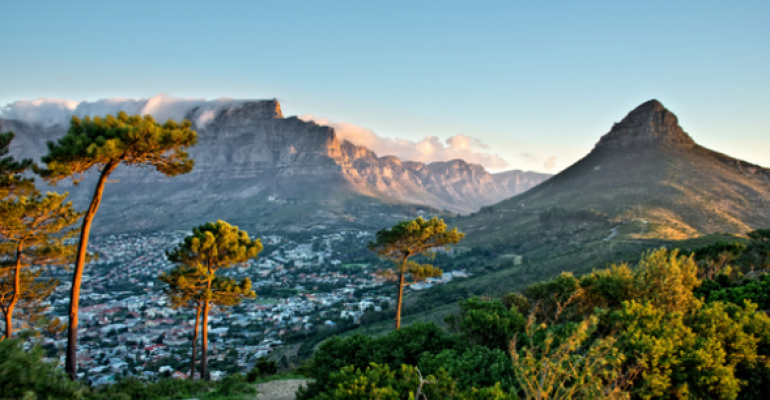
Beauty & Brokenness
If pushed for an answer I would probably settle on South Africa, specifically the Cape. The combination of beautiful beaches, soaring mountains, rolling vineyards, extraordinary flora and sun, sun, sun, make the Cape hard to beat. That South Africa is ‘a world in one country’ is a cliched advertising line, but it is true that it is a place into which so many of the world’s beauties have been squeezed in concentrated form. I have been travelling to South Africa more or less regularly for the past 36 years and I love it. The beauty astonishes me.
Yet part of what makes this beauty stand out in such sharp resolution is the profound brokenness that runs alongside and through it. This is made stark when flying into Cape Town: there is Table Mountain in all its majesty, the incredible Cape Peninsula stretching out to form the meeting point of Indian and Atlantic oceans, and the promise of so much that is glorious. But there too, right by the road that leads from the airport into the city, are mile upon mile of shacks, constructed from pieces of corrugated iron and bits of plastic. The poverty, levels of unemployment, and harshness of conditions are staggering.
In this beauty and brokenness South Africa offers a microcosm of the world, and of the human condition. There is so much that is beautiful. And there is so much that is broken. This is the case in the particularity of our own lives as well as at a global scale. Just today I have been a recipient of beauty: good food on my plate, the wind stirring up the waves at the beach, my wife. There has been brokenness too: the trail of litter along the street from the takeaway stores, neglected gardens, ugly things I can detect in my own heart.
Different lives have different measures of beauty and brokenness poured into them: some people live in Constantia while others live in Khayelitsha. But beauty and brokenness are the warp and weft of every life. No situation is so broken that a glimpse of beauty, like a blade of grass pushing through tarmac, can’t be seen. And even the most beautiful life will be shadowed by what is broken. This is the human condition.
It is into this condition that the message of Christmas speaks. The coming of the Messiah carries with it the promise of beauty even in the midst of brokenness. The nativity story shows us this contrast. We see the brokenness in a pregnant young woman being unable to find a place to rest and the horror of Herod’s slaughter of the innocents. We see the beauty in the gifts of the magi, in the angels, and in the face of the baby.
For so many that is as far as the Christmas story goes. We must go further. We need to see how our desire for beauty and lament for the broken can only be answered by that baby. Erik Varden writes that, ‘Our most intimate desires carry messages from afar. They make us homesick for a land we have not yet discovered.’ Even the most beautiful things this world can offer don’t answer the longing of our hearts. We remain homesick still.
The only sure answer to that homesickness is found in the manger. ‘The gospel does not obliterate our longing. It validates it, assuring us that what we long for is real and substantial…. ‘the One the nations wait for’.’ He is the One who brings a promise of all brokenness healed and unimaginable beauty experienced. He is the One who promises to fulfil our longings. It is only in Him that we can find our way home.
Merry Christmas!